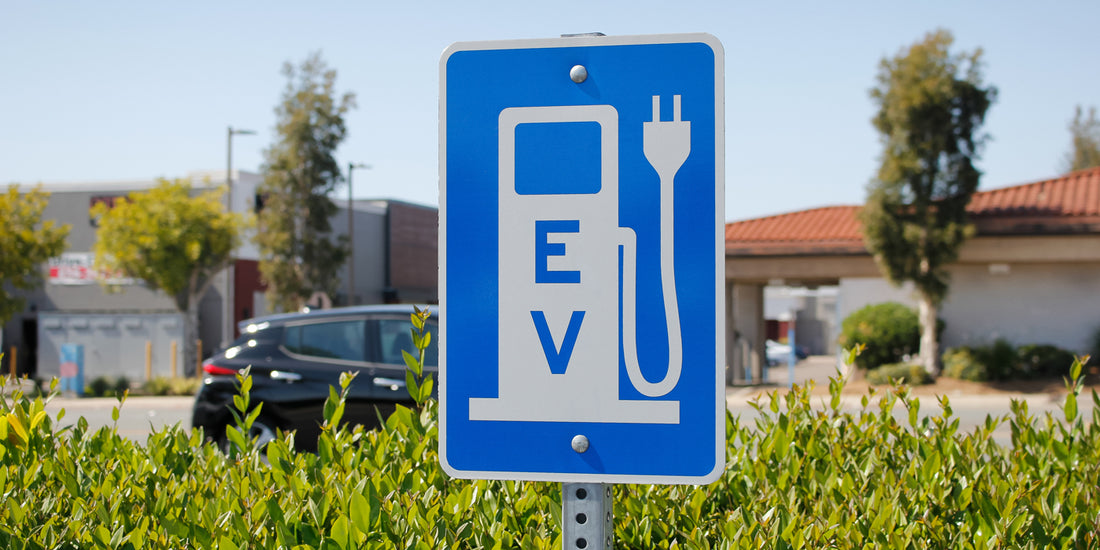Most electric vehicle owners have a 240-volt outlet installed at their home, along with the necessary Level 2 charging equipment to support it. However, there are circumstances in which an EV owner is unable to install a 240-volt outlet.
Perhaps a homeowner lives in a condo or apartment with no dedicated parking spot, or they may have a landlord who doesn’t allow electrical upgrades. This begs the question of how practical it is to own an EV if you can’t charge at home. Fortunately, there are enough options that, with a little research and planning, it is possible to own an EV even if you can’t charge it at home.
Ask Your Landlord or Employer
It can’t hurt to ask your landlord if they can install a charging station in the parking lot or garage, at your assigned parking space, or in a common area that offers access to all residents. Similarly, talk to your employer and ask if there’s somewhere you can plug in, or offer to help create a plan to add on-site charging stations.
Consider Level 1 Charging
Level 2 charging is convenient because it adds about 25 miles of range every hour. However, EVs also can be charged on a standard 120-volt wall outlet. Level 1 charging only adds 3 to 5 miles every hour, but it doesn’t require any special equipment aside from the charging cord that typically comes with the EV. Level 1 charging is possible using any standard wall outlet. Even if you live in an apartment or condo, you may be able to find a place to plug your car into a standard outlet.
Find Charging Stations That Fit Your Routine
Without a home charger, you’ll need to rely on public stations. Find a charging station that is located near wherever you plan to go on a given day, whether it’s work, the gym or a movie theater. Your car can charge while you’re at the location.
According to the U.S. Department of Energy, there are more than 50,000 public charging stations throughout the U.S. While many public chargers are Level 2 units, others offer DC fast charging, which can add between 50 and 150 miles in roughly 30 minutes. While DCFC is quick and convenient, if you fast charge your EV on a regular basis, it will put unnecessary wear on your EV’s battery. This can cause your battery to degrade more quickly and reduce range.
Keep Your Battery Topped Off
Charging your battery from near-depletion takes extra time, at least several hours using a Level 2 charger. Even if your schedule is busy or your routine has changed, remember to charge your EV as often as possible, so all you’ll need at each charging session is a top-off.
Between Level 1 charging, workplace charging and public charging, it is possible to own an EV without installing a home charging system. As you become familiar with your car’s range and charging times, planning ahead should become second nature.

